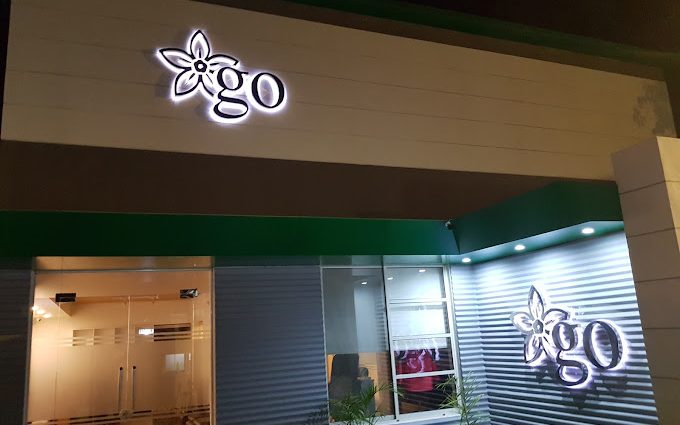Saudi Aramco bought 40% stake in Go Pakistan
There are more than 1100 retail outlets in Pakistan that provide petrol, diesel and lubricants, Go Pakistan.
Islamabad ( Web News )
Saudi Aramco, the world’s largest integrated energy and chemical company, has completed the process of buying 40 percent shares in Gas and Oil (Go) Pakistan. According to media reports, the Saudi oil company said this on Friday. said in a statement. Go, a diversified downstream fuel, lubricants and convenience stores operator, is one of Pakistan’s largest retail and storage companies. Go says on its website that it has more than 1,100 retail outlets in Pakistan that sell petrol, supplies diesel and lubricants. The purchase, announced in December 2023, represents Saudi Aramco’s first downstream retail investment in Pakistan and is indicative of the company’s growing retail presence in the markets. “Our global retail expansion is accelerating and this acquisition is an important next step in our journey. Through our strategic partnership with Go, we will continue to offer Aramco’s high-quality products,” said Yasser Mufti, Executive Vice President of Products and Customers. and look forward to providing the services to valued customers in Pakistan. We welcome another high-capacity addition to Aramco’s growing network of global partners, opening up new opportunities and opportunities abroad,” said Yasir Mufti. Aramco wants to combine its resources and expertise to further promote the brand. Last month, the Competition Commission of Pakistan (CCP) approved Aramco’s acquisition of a 40 percent stake in Go. In March, Aramco acquired 100 percent stake in Chile-based diversified fuels and lubricants retailer S Max Distribution SpA. In December last year, Aramco signed definitive agreements to acquire 40 percent stake in Go Pakistan. At that time, economists The development was hailed as positive for foreign exchange-strapped Pakistan. Attracting FDI inflows has been a key challenge for the country, which received $1.46 billion in July-April FY24. This represents an increase of $11 million compared to $1.35 billion in the same period last fiscal year (FY23).

